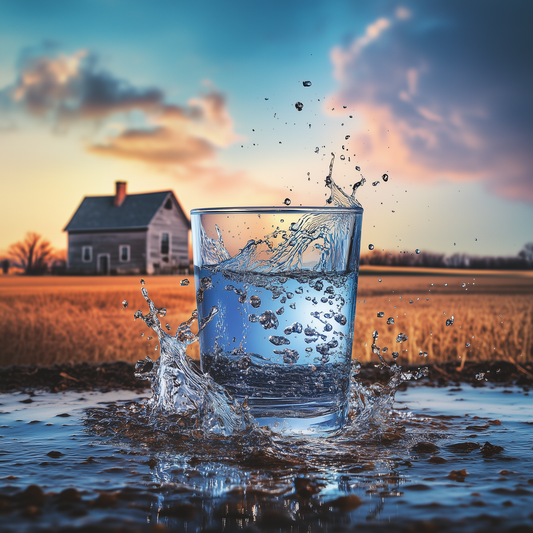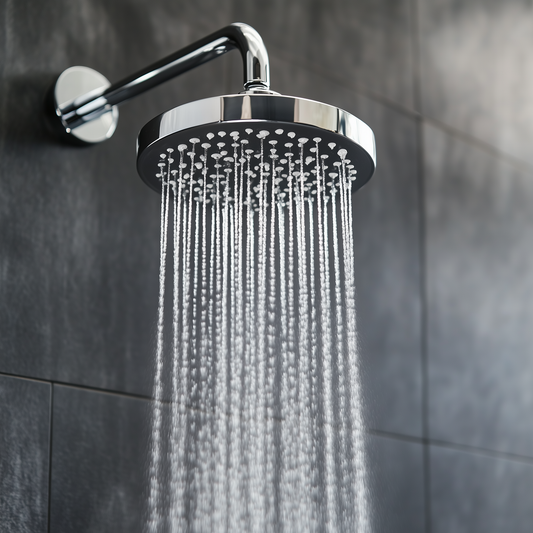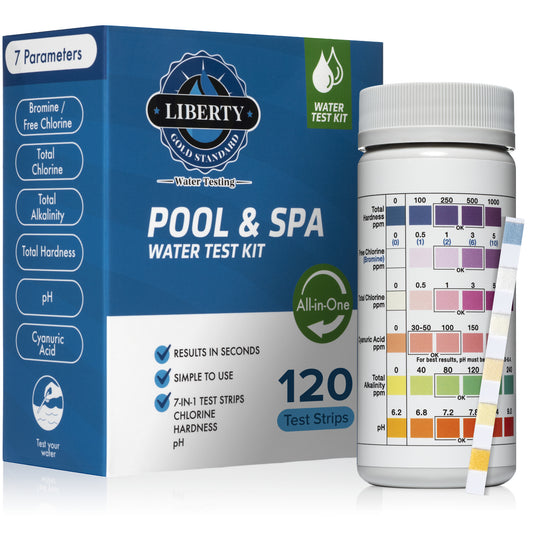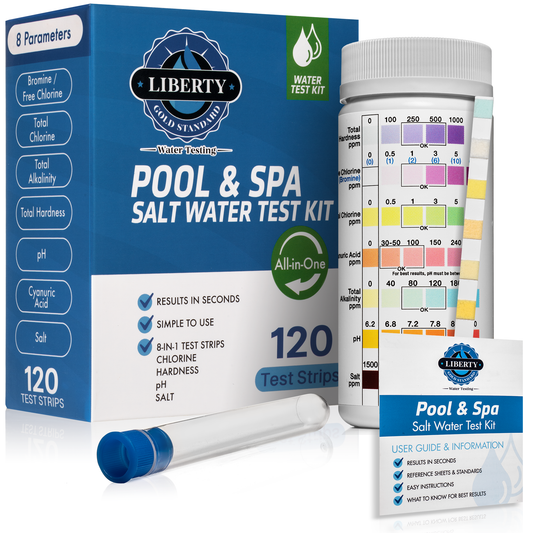-
Multi-Stage Treatment: Olympic water purification systems are not one-size-fits-all. They often utilize a multi-stage approach that can include:
- Coagulation and Flocculation: This stage removes suspended particles like dirt and organic matter through the addition of chemicals that cause them to clump together.
- Sedimentation: The clumps from coagulation settle at the bottom of tanks, allowing for their removal.
- Filtration: Water is passed through various filters, such as sand filters and membrane filters, to remove remaining particles, bacteria, and viruses.
- Disinfection: The final step typically involves disinfection with chlorine or other disinfectants to kill any remaining pathogens.
- Additional Processes: Depending on the source water quality, additional processes like activated carbon filtration or ultraviolet (UV) disinfection may be employed to address specific contaminants.
-
Rigorous Testing: Water samples are continuously collected and tested throughout the Olympic period to ensure consistent quality and compliance with strict safety regulations set by the World Health Organization (WHO) or local health authorities.
-
Portable Purification Systems: For events held in open water venues, portable water purification systems might be used to provide safe drinking water for athletes, officials, and spectators. These systems can utilize reverse osmosis, ultraviolet disinfection, or other technologies to purify water on-site.
-
Sustainable Considerations: Modern Olympic water treatment facilities are increasingly designed with sustainability in mind. Techniques like water recycling and energy-efficient treatment processes are being implemented to minimize the environmental footprint of these large-scale operations.
By employing these rigorous water purification methods, the Olympics ensure that athletes from all over the world can compete at their best, free from the worry of waterborne illnesses. These advancements not only safeguard athlete health but also contribute to valuable research and development in the field of water treatment technology.










